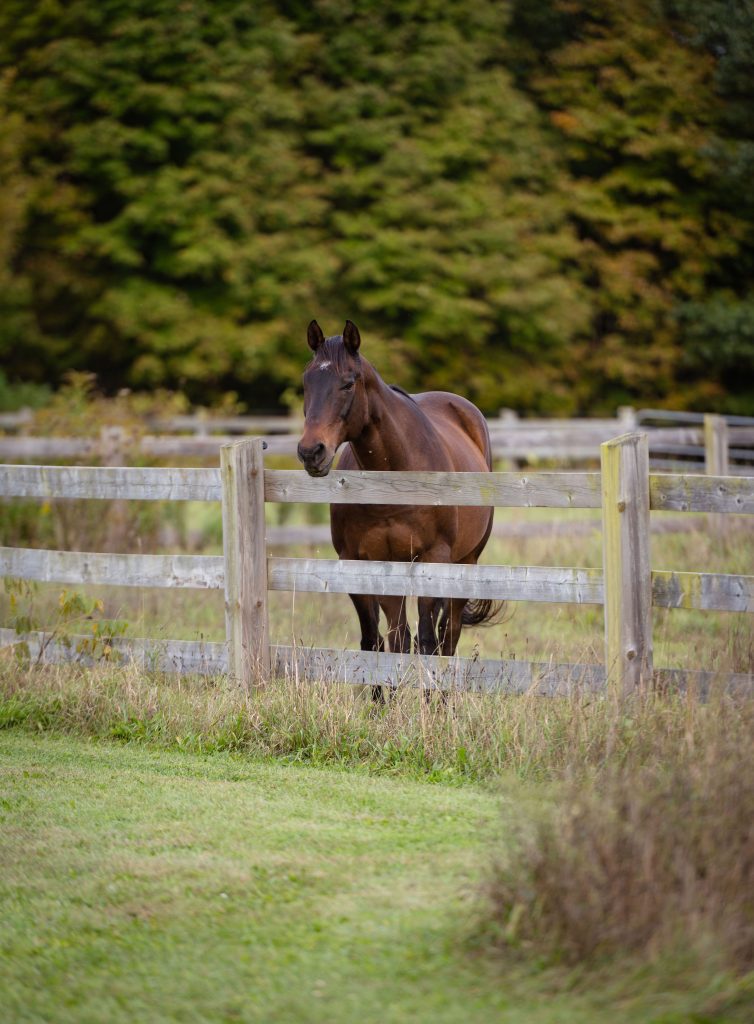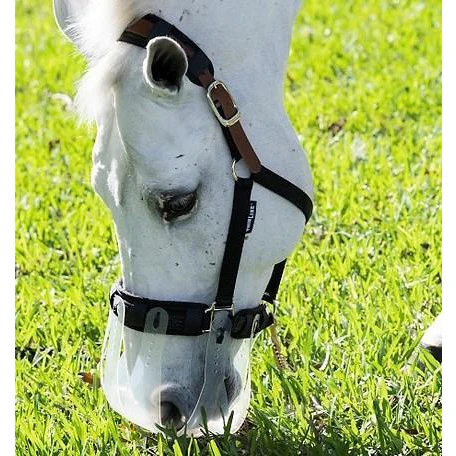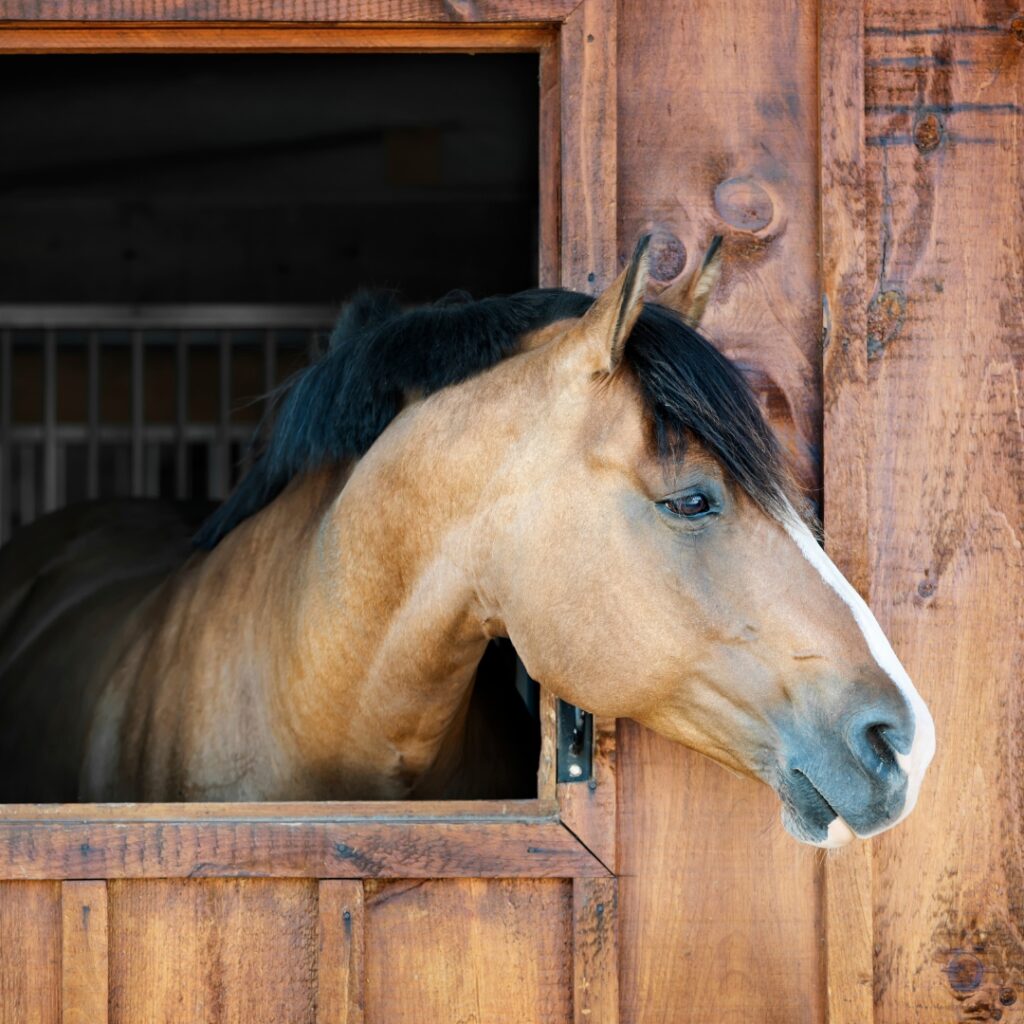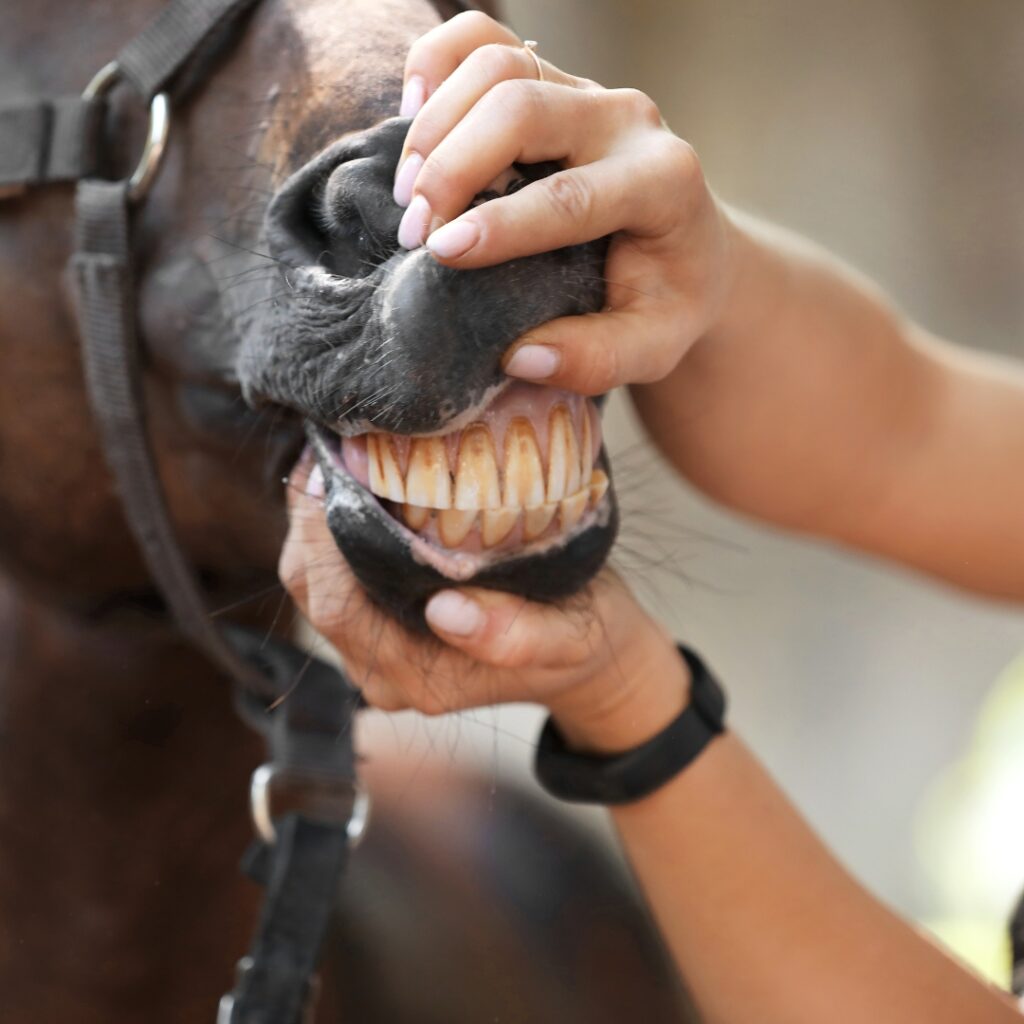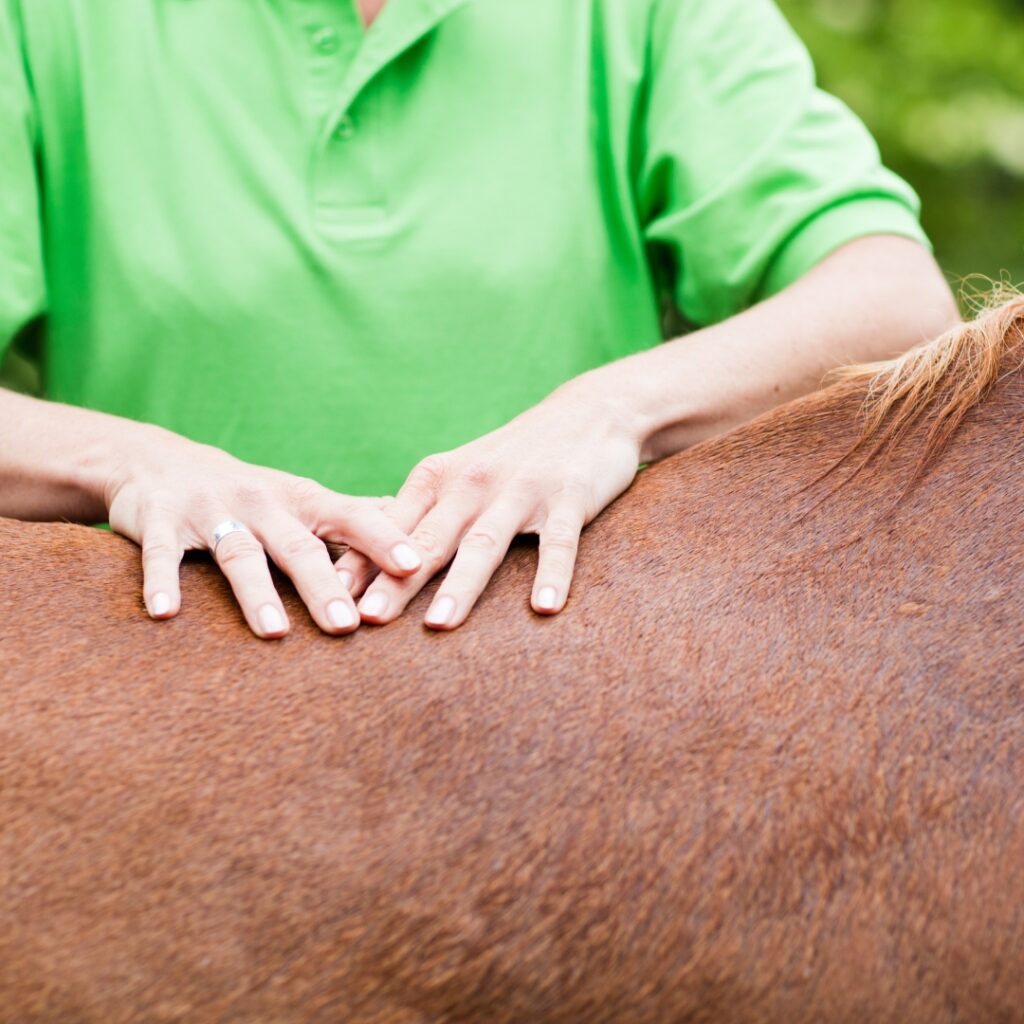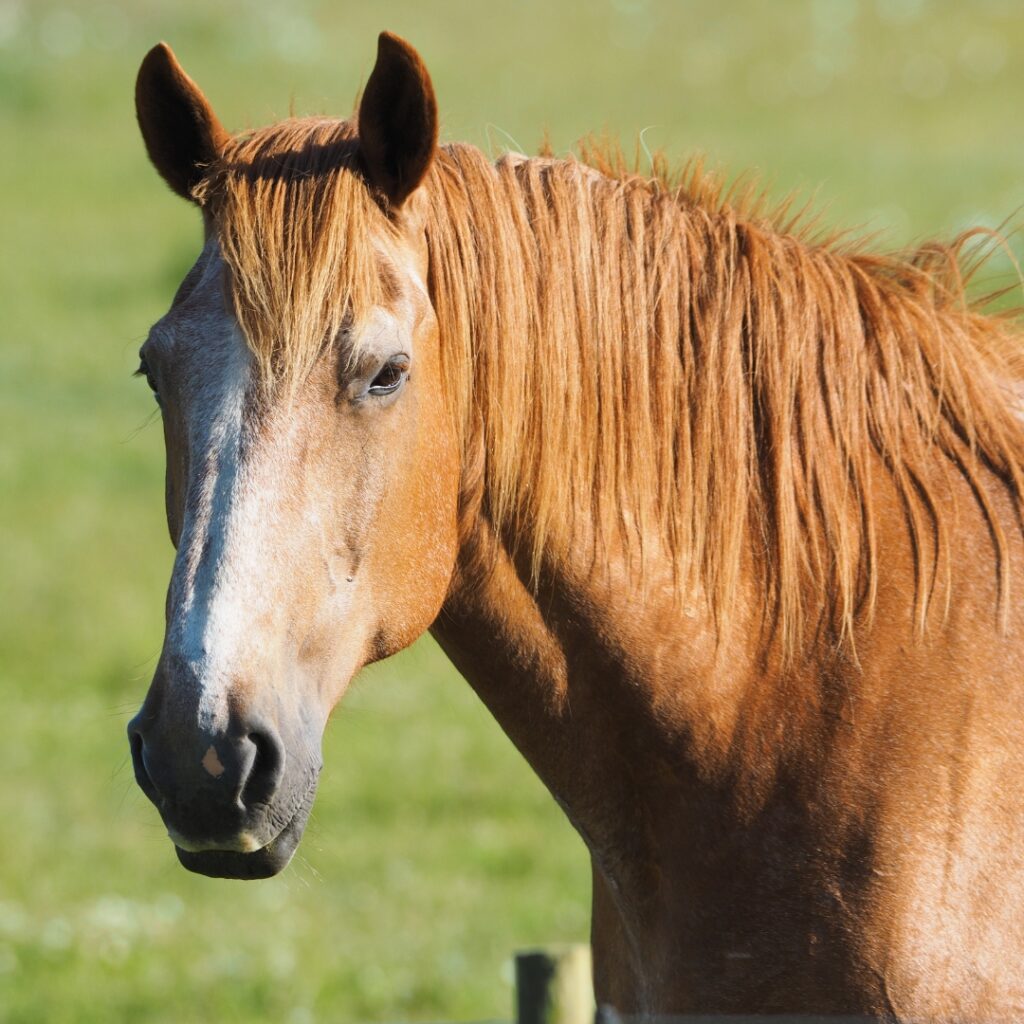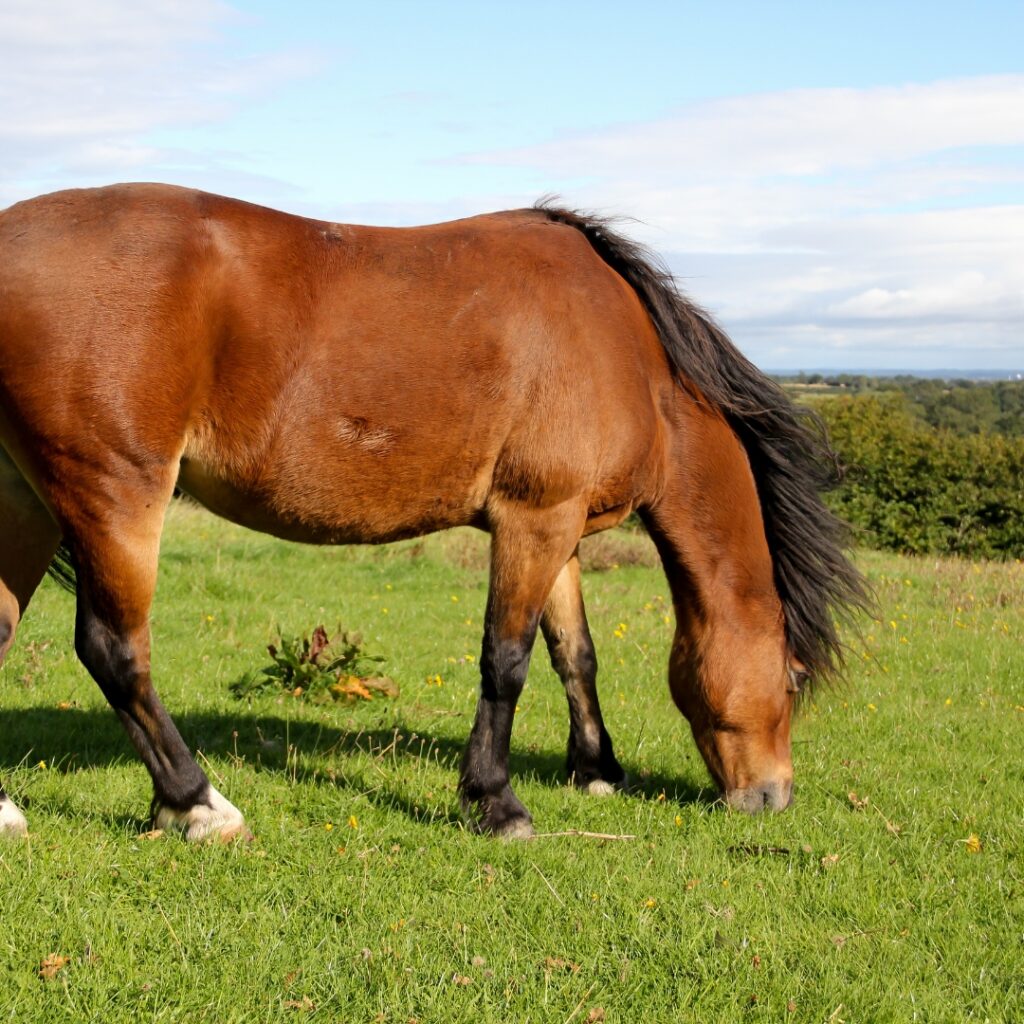
As the colder weather approaches, I have an influx of inquiries for senior horse consultations. Owners always want to do what is best for their horse, so it can be concerning when your beloved horse is under-conditioned as we head into the winter months. Defining a Senior Horse At what age is a horse considered […]

Equine obesity is an epidemic across the industry. From studies that illustrate judges scoring overweight horses higher (6), to equine obesity prevalence publications showing that about 50% of the evaluated populations are classified as overweight or obese (2, 7, 8, 9). It is a serious issue in the industry that is negatively impacting equine well-being. […]

This week on the Friday with Finn blog, we take a step further into the equine gastrointestinal (GI) tract and take a closer look at the foregut. When discussing the foregut of the horse, the focus is on the stomach and the small intestine. Telling horse owners that large meals can be detrimental to their […]

The previous Friday with Finn blog post was all about the mouth! This week, we begin to move through the gastrointestinal tract and discuss the pharynx, the esophagus, and the lower esophageal sphincter. The Pharynx The Pharynx (commonly referred to as the throat), is a muscular tube (funnel shaped) that connects the mouth and the […]

Understanding why we do certain things in equine nutrition is important, and primarily ties back to the digestive anatomy. A horse’s digestive tract is unique and dictates what we feed our horses. Therefore, through understanding the anatomy of the gastrointestinal tract (GIT) it can provide you with fundamental knowledge to make informed decisions about equine […]

As riders, we tend to evaluate a horse’s level of fitness by assessing their topline, but what is often misunderstood is that the state of a horse’s topline goes far beyond training alone. Envision a circle centered around your horse, divided into a minimum of eight equal segments. Each of these segments represents an influence […]

This week’s Friday with Finn is the last of the protein series. Instead of discussing a broad topic, this installment will focus on a single publication. The reference is: Loos, C. M. M., Dorsch, S. C., Elzinga, S. E., Brewster-Barnes, T., Vanzant, E. S., Adams, A. A., & Urschel, K. L. (2019). A high protein meal […]

In the previous blog post, protein requirements and protein quality was discussed. However, there can be complications when protein requirements are greatly exceeded. This installment of Fridays with Finn will cover both protein deficiency and protein overload in horses. Protein Deficiency Research suggests that protein deficiency in the horse is less common when compared to […]

This week’s blog is a little bit different than normal. Instead of a broad nutrition topic, we are diving into a recent publication from the Journal of Equine Veterinary Science, A survey: Horse show judges’ perceptions on equine adiposity. The objective of this study was to survey judges’ views on the level of adiposity in horses […]

Obesity is defined as the accumulation of excess fat tissue on the body and is a prevalent issue in the equine industry. Obesity in companion animals, including horses, has been on the rise. Horses have a unique relationship with humans as they are companion animals, sport animals and working animals. Despite this, there is still a […]
